Where do we come from? What is the origin of the world? How did it all start?
We humans have pondered those questions from time immemorial. Our existence has always been the greatest of all mysteries. To provide an answer, every culture has developed its own creation myth – one more fantastic than the next.
During the past decades, our insatiable quest for knowledge has solved the perennial mystery. For the first time in the history of mankind, we can explain our origin. It turns out that reality is even more dramatic and fascinating than any legend: Our story starts with the mother of all explosions; it’s about balls of fire that created us and our world; and it describes how a magic game of time and chance has produced the blaze of colours and lifeforms that surrounds us today.
To tell you this story in a little more detail, let’s take a little walk on the former airport Tempelhof in the centre of Berlin. It was here that aeroplane pioneer Orville Wright showcased his flying machine and the Nazis later built an airport of bombastic proportions. The sheer expanse of the airfield helps us to visualise how mother nature formed us and our planet out of nothing.
Here you can appreciate the “mother of all airports” (architect Norman Foster) in all its beauty. At this open day in 1989, Berliners admire planes from the US Air Force, among them the huge transporter Galaxy. In 2008, air traffic was grounded and the field of about four square kilometres became a park. Today, it is a huge playground for young and old.
No obstacle obstructs our view of the huge airport building and along the two landing strips measuring about two kilometres each. Let’s walk to the start of one of the landing strips to begin our excursion.
Now for a little mental exercise: In our mind we’ll transform the landing strip into a timeline that stretches from the birth of the universe to the present day. Imagine that the beginning of time is where we stand now, at the start of the landing strip. The present is right slap bang in the middle of the runway. Our mental time bar now measures 1,000 metres, and it represents around 14 billion years. Every step along the runway takes us around 10 million years towards the present.
1,000 metres to the present…
Before our story can begin, we need space, time and a huge amount of energy. Nature solved all of these problems with the Big Bang – which wasn’t really an explosion in the middle of empty space. “Before”, there was no space – and therefore also no emptiness. Time as we know it only began to tick from that moment onwards.
At the beginning, the whole universe was nothing but an unfathomably hot point of pure energy which starts to expand rapidly. Looking down at our feet, the first building blocks of matter appear directly in front of our toes. Two centimetres along the start of our timeline – about 300,000 years after the Big Bang – the primordial energy-soup has cooled enough so the two simplest atoms could form: Hydrogen and helium.
…999.98 metres to the present…
Our little baby universe is utterly dark, because it doesn’t contain any stars yet. We take the first steps along our timeline and imagine how gravity pulls the first atoms into clouds that become ever more dense during that time. Within those clouds, the throng becomes more intense, the atoms collide more violently with each other, it gets hotter and hotter, until…
…985 metres to the present…
…finally, after 15 metres, there is light. In the rays of the first stars, it turns out that our atoms are far too simple to allow the countless combinations needed for life. With hydrogen and helium alone, the universe would remain a desolate place without any of the things we hold dear: No chocolate pudding, no sunset by the sea and no chilled beer. At least there would be absolutely no-one and nothing that could shed a tear about this drabness.
A much larger selection of atoms is required – but where could they come from? The solution shines onto our faces: The stars! When they start to run out of hydrogen fuel at the end of their lifetime, the enormous pressure and heat at their core weld together more heavy elements. This is how oxygen, carbon, and all the other atoms essential for life arise. We are literally the children of stars, because the atoms in our bodies were formed in the heart of dying suns.
The largest stars consume their fuel fast and set off a spectacular good-bye firework: They explode in a supernova, spewing the precious new elements into the wide expanse of space.
…950 metres to the present…
Because the universe is already pretty big and the stars minute in comparison, the essential matter is spread far too thinly at first. We need it in higher concentrations – how else could we ever hope to see earth appear – never mind us humans? So there is not much else to do but wait. I hope you’re not in a rush, because this will take some time. In fact, it takes such a long while that we can now walk for 700 metres towards the present along our timeline.
…900 metres to the present…800 metres…700 metres…
In this truly gigantic epoch, the cycle repeats over and over: The ash of exploded stars and gas come together in clouds, from which a new generation of stars emerges. Many of those will again explode and blow their contents into space. Slowly but surely, the concentration of elements essential for life increases. At the same time, the universe approaches the form we recognise today: Thanks to gravity, stars like company and come together in large groups – the first galaxies.
…600 metres to go…500 metres…400 metres…
Galaxies also assemble in groups and many fuse together. This is how our cosmic home takes shape: The Milky Way, a collection of about 200 billion suns, which from afar looks similar to our neighbour in space, the Andromeda Galaxy.
…300 metres to go…
Finally, in an outlaying district of our Milky Way, enough elements have accumulated that one of the countless gas and ash clouds gives birth not only to our Sun, but also to Earth. But you wouldn’t exactly call our young planet a homely place, as the paleontologist Neil Shubin pointed out: “A trip in a time machine to Earth of 4.5 billion years ago would not only be eerie; it would be perilous. With an atmosphere lacking free oxygen and raining acid, you’d need a space suit far beyond the technology of modern science to survive. Impact after impact of rock and ice from space made the surface sometimes roil at thousands of degrees Fahrenheit. With this heat, there were no oceans: liquid water may have formed a few different times, only to evaporate away. As a break from this desolation, you might hope for beautiful moonlit nights. Forget about it. There was no moon.”
From Jens Harder’s stunning comic about the history of the universe and the earth “Alpha: Directions” (Carlsen, 2010)
A few steps ahead, a planet the size of Mars collides with Earth, and the detritus thrown into orbit coalesces into the moon. A little further, Earth cools down so oceans can form. In the water, the elements made by stars haphazardly combine in ever new ways. Again, time is our most important ally. Life is a very special combination of building blocks and therefore also extremely unlikely. But if chance plays the lottery for long enough, it will inevitably draw a winning ticket sooner or later.
…270 metres to go…
Here, we hit the jackpot! For the first time, atoms join together in that extraordinary order we call life: A microscopically small, seemingly magic pattern of inert elements twitches and automatically starts to make copies of itself. This is the start gun for evolution. Now there’s no holding back.
Shortly after, the first living creatures wrap themselves into a bubble-like skin that separates living matter on the inside from their lifeless surroundings – the first bacteria. That might not sound like much of an achievement. But these humble beginnings are the direct ancestors of your body cells. And that’s not all: Anything that grows or moves on this planet to this day is based on the bacterias’ blueprint. And don’t think they’re primitive: Compared to lifeless matter, a bacterium is as complex as a jumbo jet, as the astronomer Fred Hoyle once put it.
…250 metres to go…
We not only owe the basic structure of all life forms to the tiny high-tech machines we call bacteria, but also a planet we can actually inhabit. This is because some release oxygen as a waste product of their feeding habits, which accumulates in the atmosphere. Without these microscopic farts, there would today be no animals or plants, no blue sky and probably no oceans.
…200 metres to go…
Bacteria are a milestone in the history of life, but they’re incapable of forming larger multicellular beings like us humans. This feat can only be achieved by much more complicated cells. Countless updates are required: Refined systems for communication, transport, and energy management; a more elaborate development programme, and so on.
Sounds challenging? Well, it is. Yet again, we need a lot of patience, so chance and time alone can tune up the “simple” bacteria. Evolution has no foresight. It does not aim towards a pre-determined goal. It simply puts tiny random changes to the test with every new generation. Once in a while, something works better than before and increases the chances of survival. Everything else disappears.
A series of mergers, inventions and extensions transforms bacteria into higher cells. These are a thousand times larger than bacteria. Their interior is divided up into different areas of operation, and they keep their genetic material DNA in a so-called nucleus. These new marvels are still so tiny they remain invisible to the naked eye. Yet they are so complicated you can no longer compare them to an aeroplane. With all their busy operations and structures, each one rather resembles a city like Berlin.
…150 metres to go…
Here, we see our ancestors in direct comparison: on the left, the basic version (bacterium) and on the right the new super cell. These creatures open up undreamt-of possibilities for life, because finally, they can combine to form gigantic cooperatives. And before I forget – we can finally take off the space suit and breath the air without oxygen tanks – thanks to the bacteria.
…70 metres to go…
The appearance of the first multi-cellular beings means we can now see life with our naked eyes for the first time. In comparison to what mother nature has achieved already, the following steps pale in comparison. This is why, suddenly, everything happens very rapidly. Life in the oceans explodes into a massive diversity of species – a rainbow of shapes and colours.
…35 metres to go…
At this point, plants start to conquer the landmasses. The first animals with real eyes appear in the oceans. Shortly afterwards, fish learn to creep onshore. Animals follow the plants to colonise land.
…17 metres to go…
Now, the time of the dinosaurs begins. They rule the world for about 170 million years – on our time bar, that’s around 12 metres. During that period, the first flowers blossom and the first mammals see the light of day.
…5 metres to go…
A massive asteroid hits earth and finishes off almost all dinosaurs. Thankfully, not all go extinct so we can today admire their direct descendants on Tempelhof airport: the birds.
Before I started doing the maths for this project, I had the idea of illustrating our recent history by placing mini models along the Tempelhof time line, maybe lego-brick pyramids or the sinking of a mini-Titanic. But sadly, space was in short supply:
…1 metre to go…
The first great apes develop.
…20 centimetres to go…
The beginning of the Stone Age with the development of the first tools made of stone.
…1.5 centimetres to go…
The first anatomically modern humans appear on the time bar.
…1 millimetre to go…
Only now, about 14,000 years ago, the last ice age is coming to an end and so is the Stone Age. On this very last millimetre of our timeline, the whole history of human civilisation is played out – mass migrations, the beginning of agriculture, the first towns, and all inventions from writing to the internet. Every person you’ve ever heard of lived within the breadth of that red strip.
But even this period remains too huge to really comprehend it. So let’s consider a single hair. On our time bar, a hair’s breadth still represents a period of about 1000 years.
Imagine all the things that happened within that single hair’s breadth! We can barely comprehend what went on in the heads of people alive a thousand years ago – right in the middle of the dark Middle Ages. On average, people died before they were 40. Witches were dunked and suggesting the world was older than 6,000 years could have you burnt at the stake. It was centuries before Columbus sailed to America, the Renaissance brought in a new world view and life was transformed by science, industrialisation, urbanisation, democracy, to name but a few.
Progress since those times is obvious in most parts of the world, but let’s not forget the other side of the coin. Within this one hair’s breadth of our history, humans have pillaged the planet, heated it up, depleted the oceans, and decimated biodiversity. 1,000 years ago, there were about 300 million of us – now we’re seven billion, many of which still live in abject poverty and glaring injustice.
This is why, at the end of our long journey, we must now look ahead. What might be possible within the next hair’s breadth? Or even a small step? Just imagine what we humans could achieve, learn and invent!
Tempelhof airport, built by the Nazis, stands as a powerful reminder that change for the better is possible. It is up to us. Now. In our only, ephemeral moment in this cosmos. We must not fuck this up.
Sources:
Richard Fortey: “Life: An Unauthorised Biography” (1997)
Elizabeth Kolbert: “The Sixth Extinction: An Unnatural History” (2014)
Nick Lane: “Life Ascending: The Ten Great Inventions of Evolution” (2009)
Neil Shubin: “The Universe Within” (2013)
T.R.E. Southwood: “The Story of Life” (2003)
The Sun fancying a spectacular exit is from dirksbigbunnies.com – thanks for the permission!
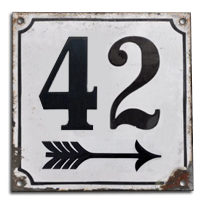
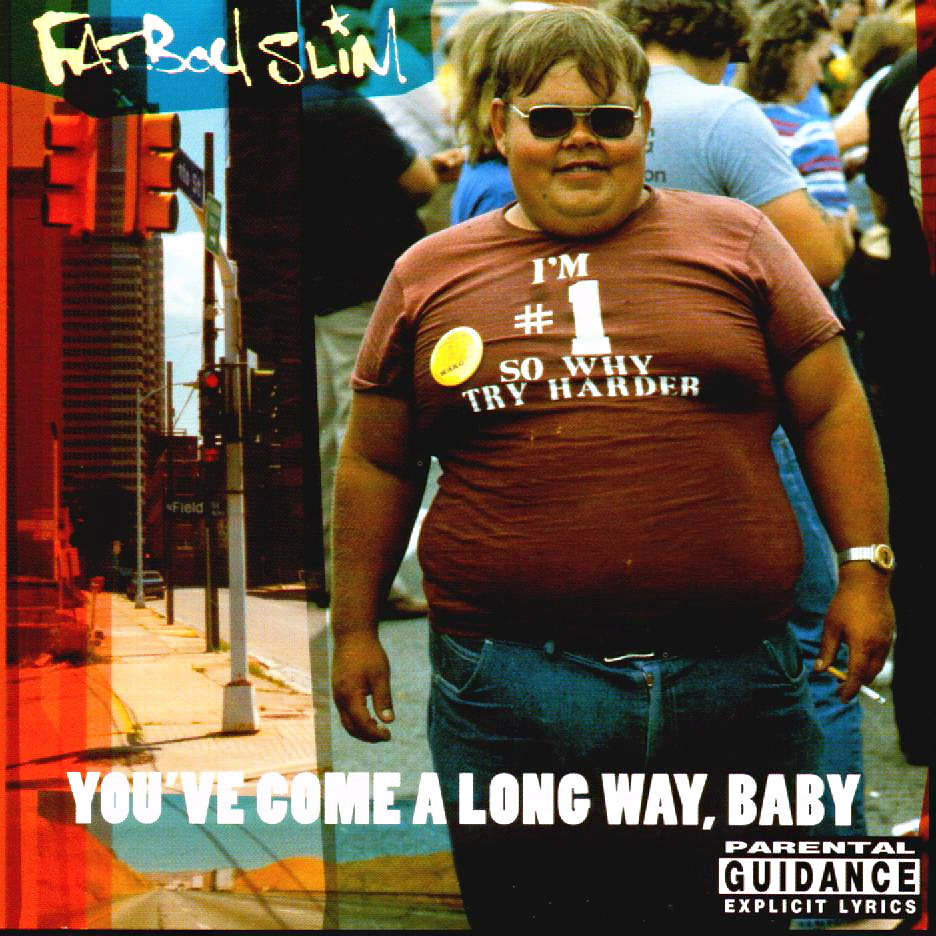
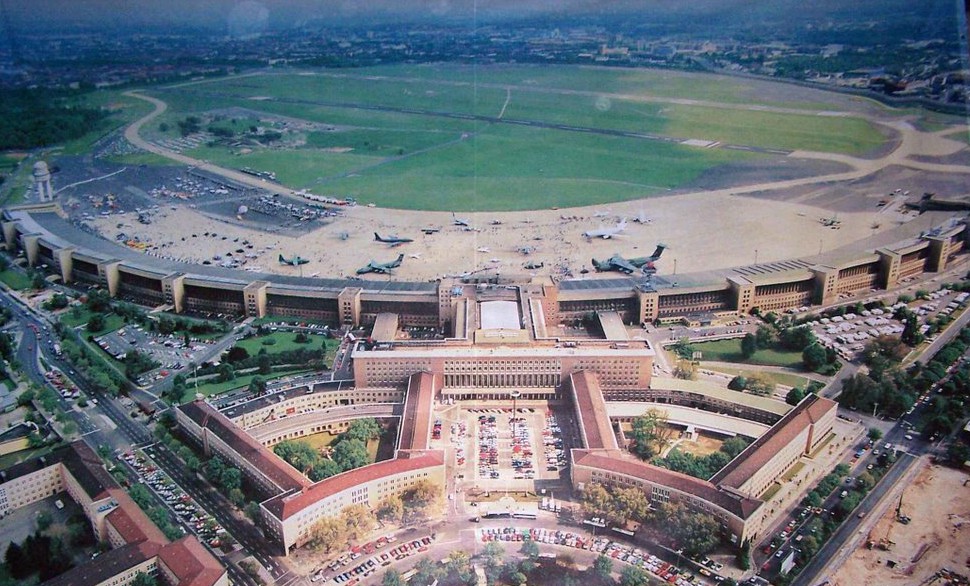






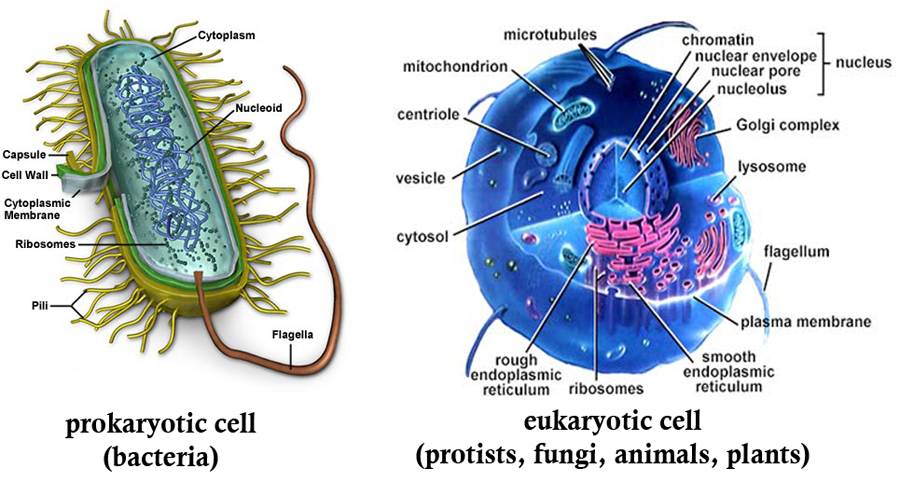

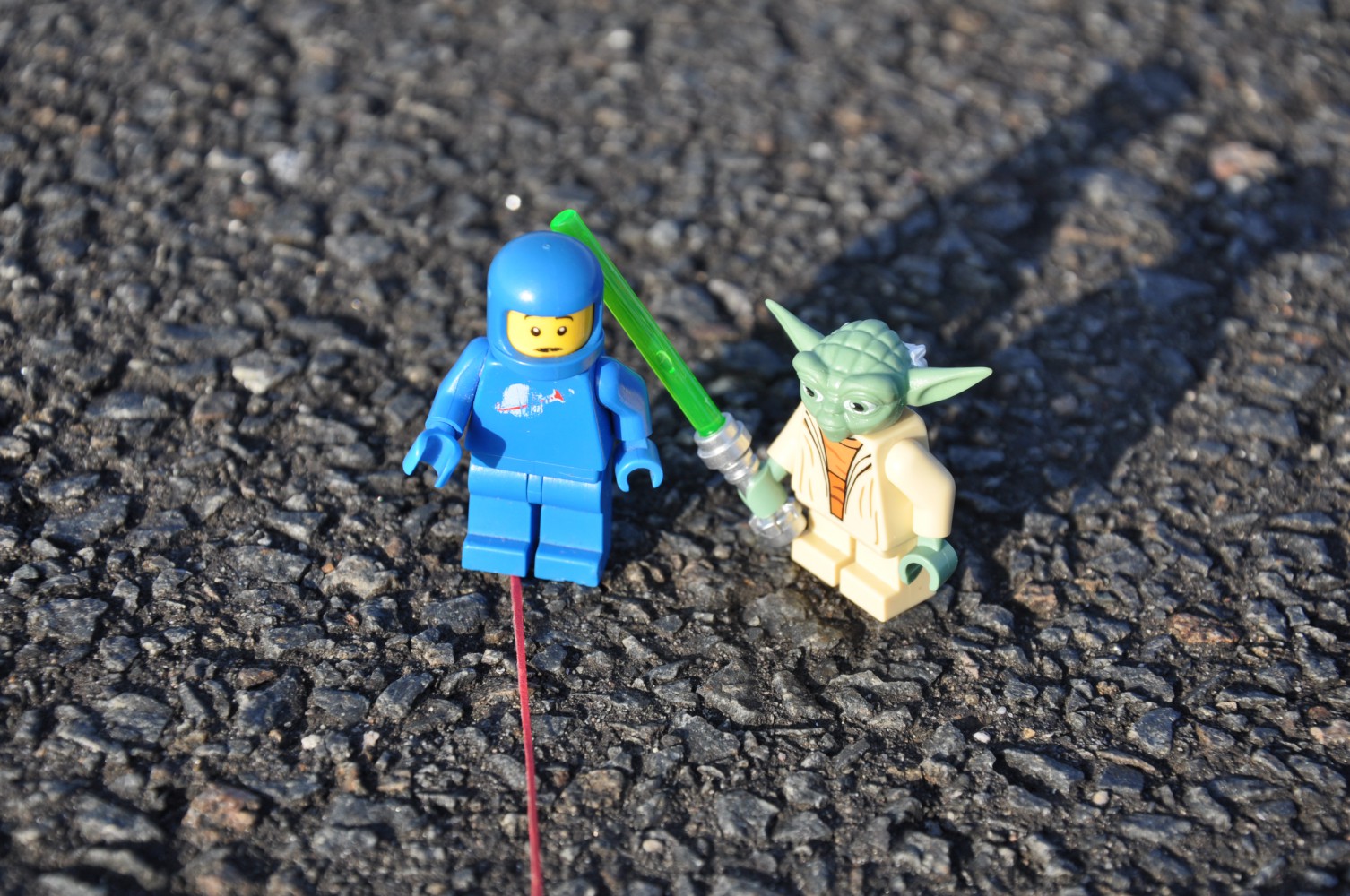
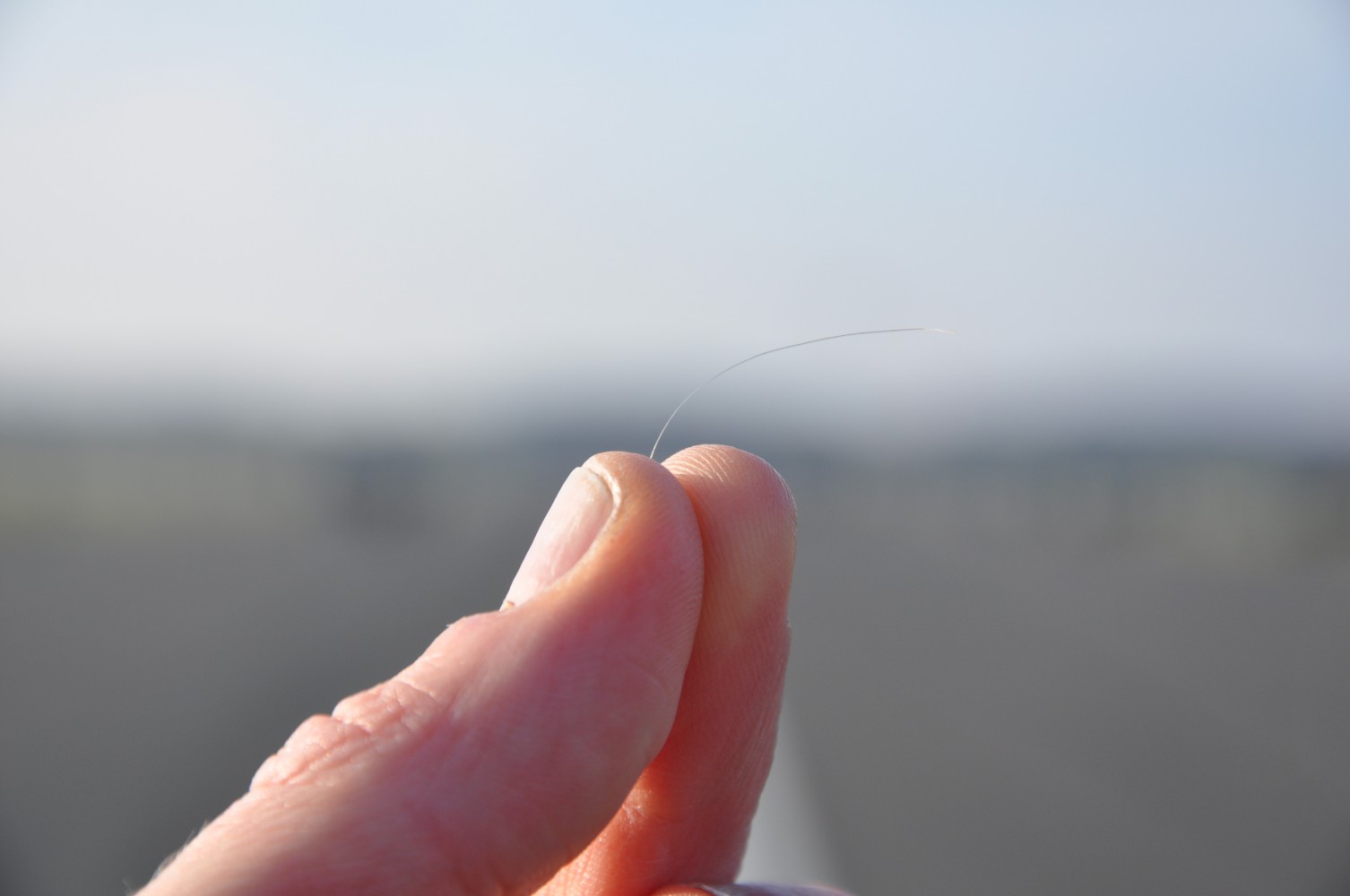
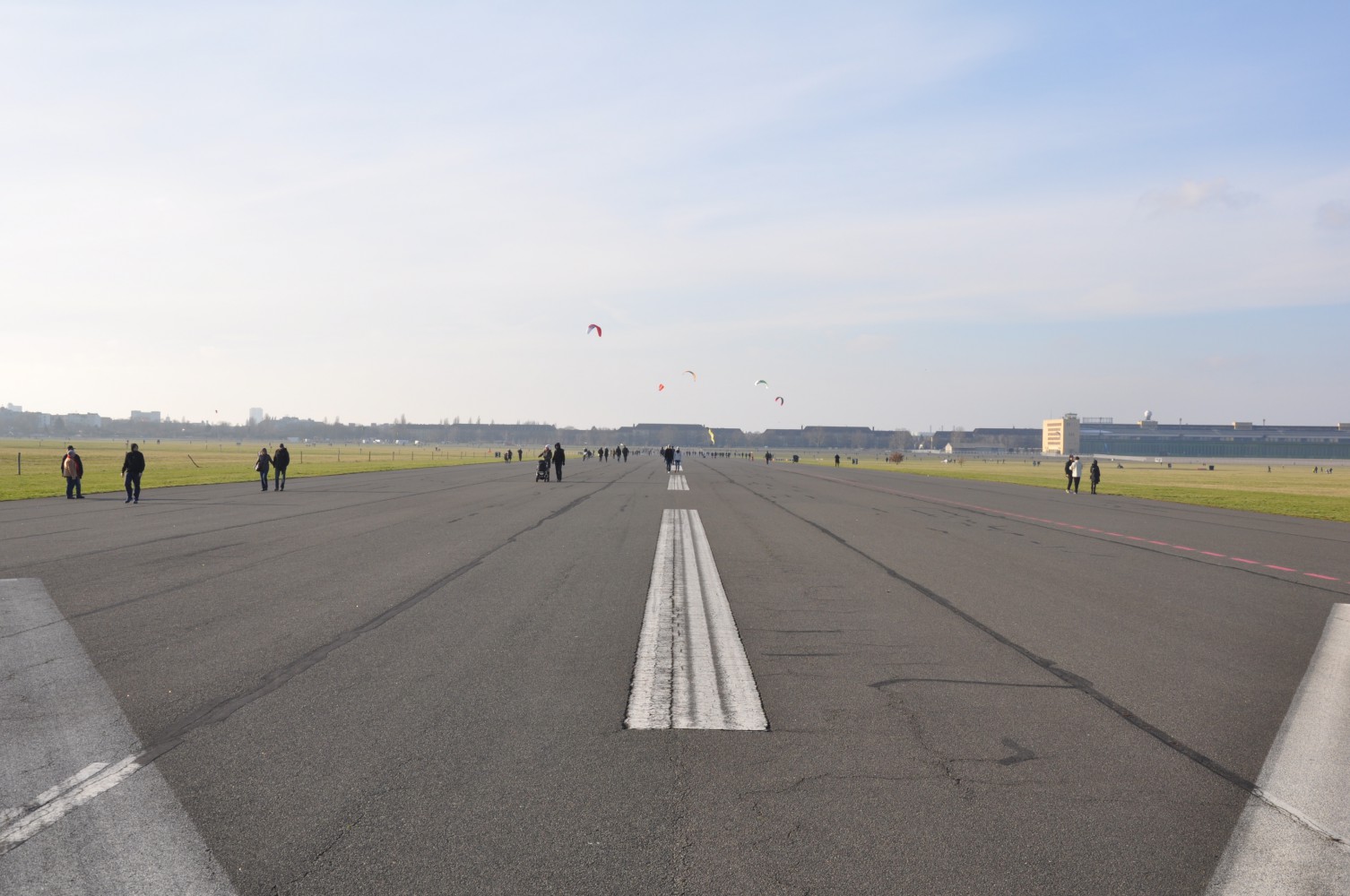
Comments are closed, but trackbacks and pingbacks are open.